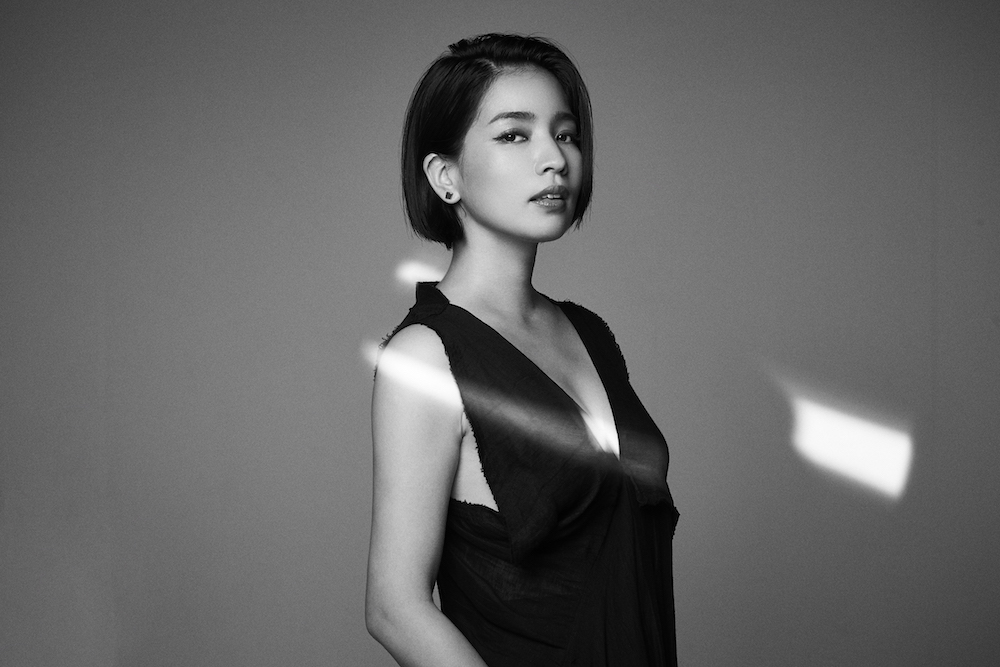Having worked with ethnic minority groups most of her career, self-taught photographer Nagi Yoshida has taken a different turn on her newest exhibition, DRAG QUEEN: No Light, No Queen.
Taking up on a new motif has been a nerve-racking experience for Yoshida. While uncertainties still lie ahead about how it will be received by the public, working with drag queens has made her realize that even though visually they may be different from the themes she’s been known for, there is a commonality between the two projects: she is capturing what she believes is a beautiful world and sharing it exactly how she see them through her eyes. Here, Yoshida shares her experiences on her latest project with Tokyo Weekender:
It’s been five years since I became a professional photographer. During my third year in the industry, people around me began to tell me they wanted to see works that focused on a theme other than minority ethnic groups. This made me realize that for me to continue to pursue minority ethnic groups I had to start working with new themes, and if not, I would be putting my career at stake. Having said that, it goes against my policy to photograph something I have no interest in, and as I was searching for a motif that would both interest me and make me want to do a photoshoot on, I happened to come across drag queens.
I chose New York and Paris as my locations. As I was choosing my models on Instagram, I felt that the drag queens from these two specific countries differed in their looks, which led me to think that if I dug deeper into their minds and perceptions, I might see differences there as well. And that truly intrigued my interest.
While interviewing drag queens in both countries, it was clear to me that despite the differences in the languages, their underlying messages were still the same. The biggest difference between the drag queens in New York and Paris was the influences cabaret culture has had on Parisien drag queens, especially how they do their makeup as they resembled that of a cabaret stage makeup.
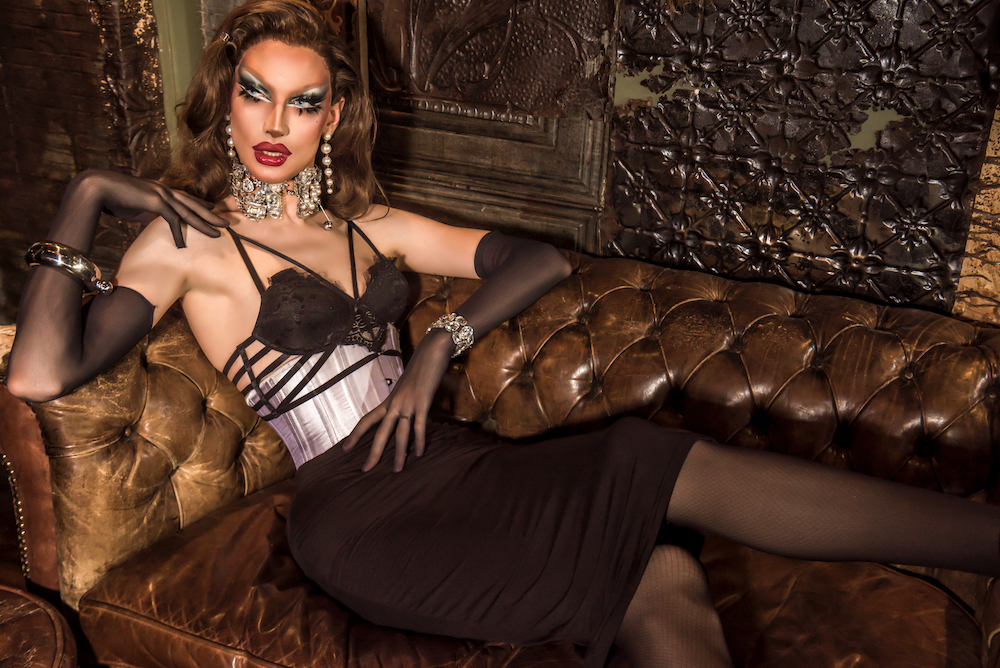
Gorgeous in Paris
Personally, I liked New York. What was interesting to me was that drag queens in New York represented their way of life in its entirety. It may have been due to my choice of models, but the majority of drag queens I met and spoke to in Paris had started doing drag queen makeup because they thought it was “cool,” rather than something rooted in a dramatic upbringing, for instance. The drag queens in New York had very intense lives and powerful stories to share, which I felt was where their glow and sparkling confidence derived from.
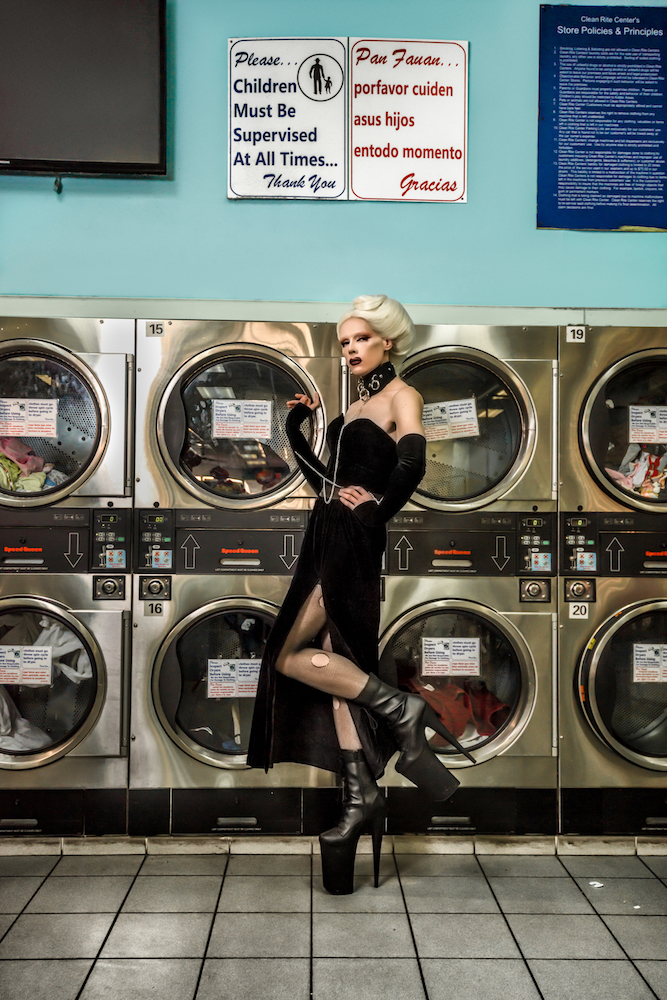
Candy Warhol
It was very different from shooting ethnic minority groups. Time was of the essence and there were a lot of models, so it was hard for me to actually sit down and get to know everyone as much as I had hoped to. My goal was to also portray their inner beauty, so I decided to do a video to go with the photobook in hopes that the interviews would help to focus on each and one of them a little more in depth. Also, I wanted them to know that we weren’t there just for their looks.
My encounter with Vile in New York has left a very strong impression on me. When I first saw Vile’s photos, I thought they were so “spacey” that I couldn’t tell if he was an alien or a human, and wasn’t exactly sure if he would be considered a “drag queen,” because in my mind, they always portrayed femininity. But after Vile spoke to me about how it’s not about femininity or masculinity but rather about becoming what you really want to be, suddenly everything clicked. If they can become what they want to be, then that means I, or even my friends, also have the potential to become drag queens—that was a big wake-up call for me.
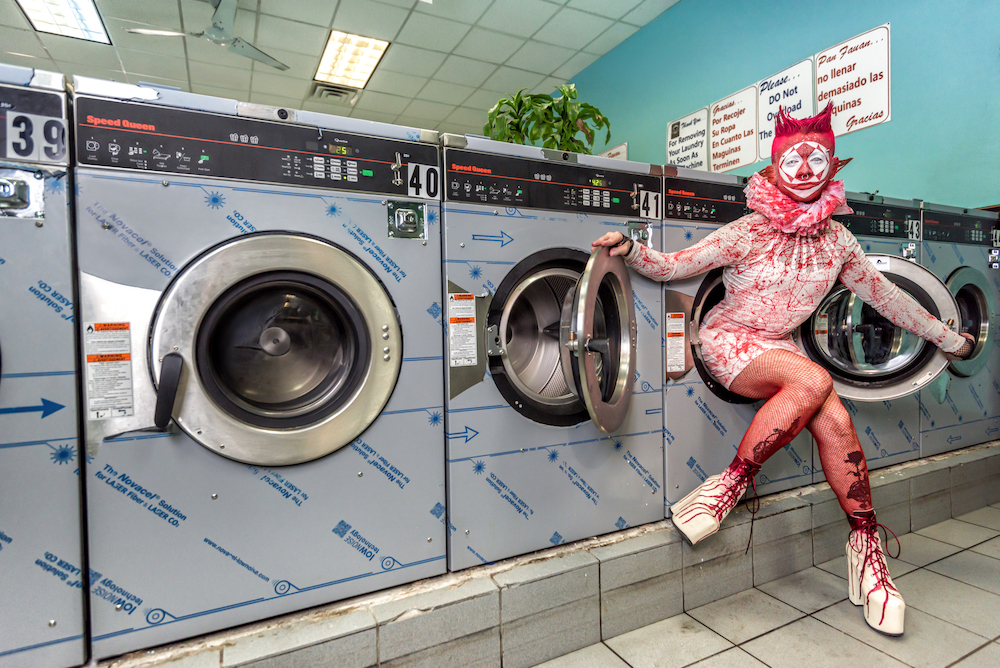
Vile in New York
My image of drag queens changed drastically. They are extremely free-spirited—more than I could’ve ever imagined—very loving and immensely big-hearted. Both in New York and in Paris, they encouraged me to continue to be the way I am, to be whoever I want to be, and express whatever I want to express. Their words were truly convincing because they practice it on themselves on a daily basis. It’s okay to feel comfortable in your own skin, and it’s not necessary to compare yourself to others. What you think is beautiful is as equally beautiful as what others consider as beautiful. It is important to acknowledge that beauty comes in many forms.
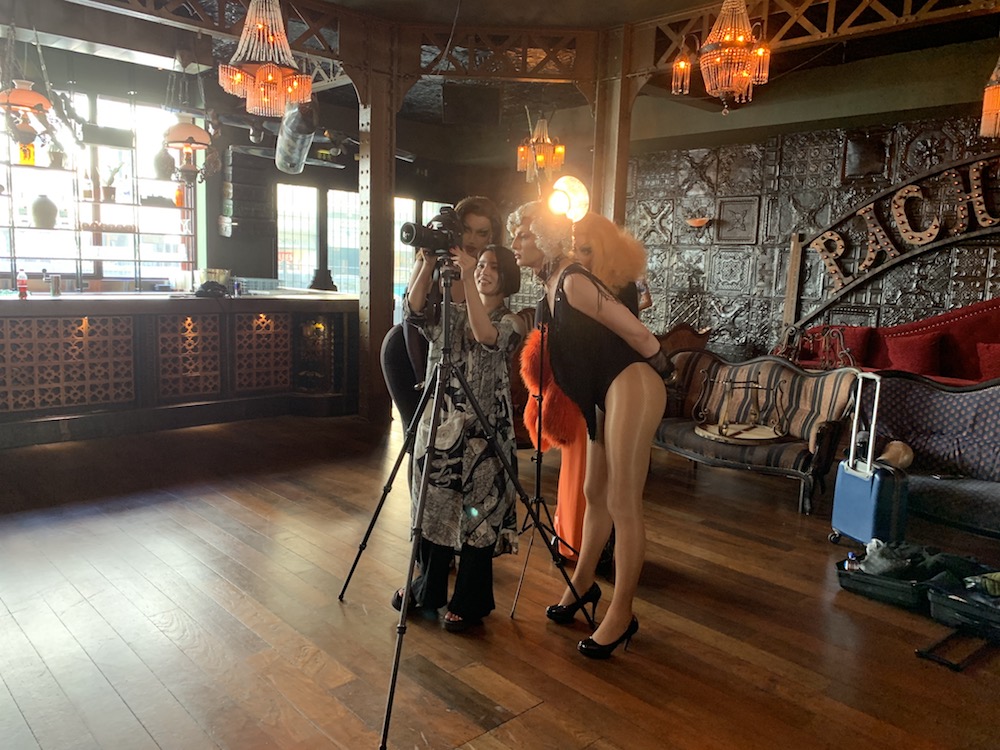
Yoshida and the drag queens behind the scenes in Paris
The exhibition subtitle “No Light, No Queen” is a quote from Vile. All the lights went out while we were filming his interview and he shouted, “no light, no queen! We’re just monsters without lighting,” which I felt was a very drag queen-esque humor. Not to imply that they are monsters, but as I was shooting them, it did make me reflect on how lighting really completes their looks. Also because I thought now was the best time to shed light on their lives.
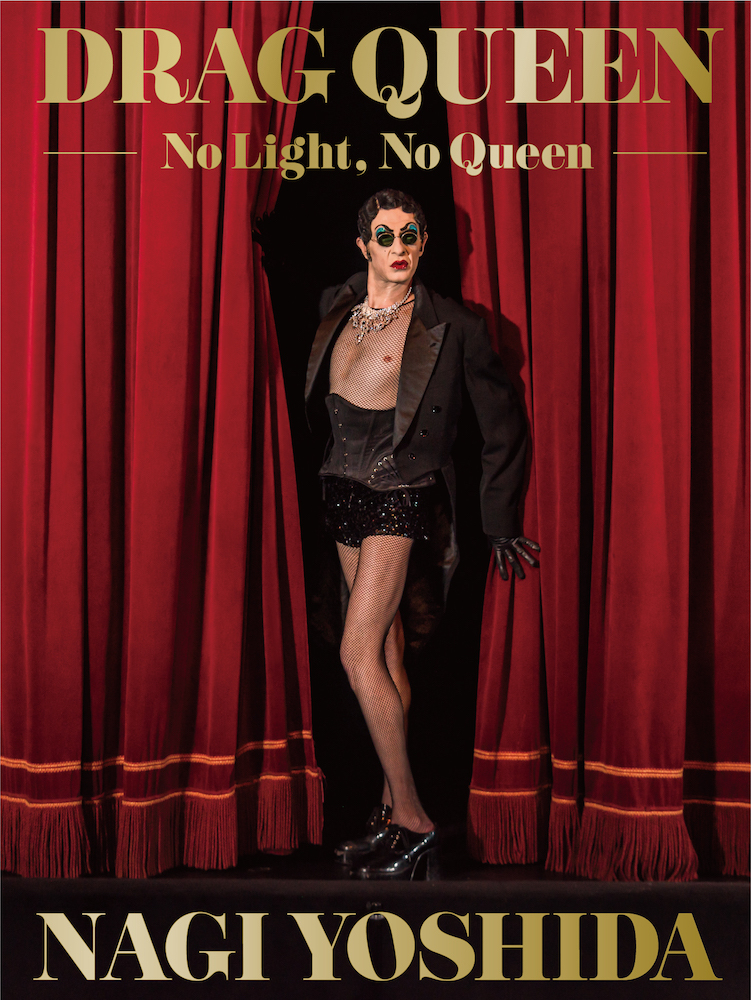
Photobook cover
I wish people would stop reading too much into my works and start enjoying them as simple works of art. There are some people out there who think that I am always trying to bring attention to some social issue through my work by focusing on minority groups such as drag queens and ethnic minorities, but that is not my intention at all. I just happened to be attracted to what the society has labeled as “minorities.” I photograph them simply because I find them to be beautiful. Nothing more, nothing less.
Find details for Nagi Yoshida’s exhibit at Sogo Yokohama from October 8–18, 2020 at the website: nagi-yoshida.com

